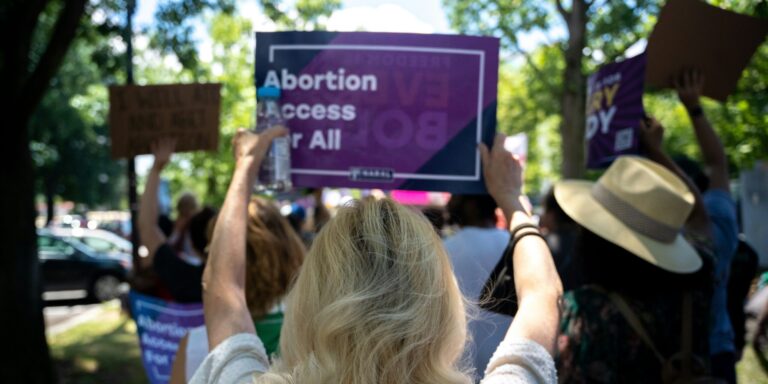On June 24, 2022, the U.S. Supreme Court delivered a landmark decision in Dobbs v. Jackson Women’s Health Organization, overturning the nearly 50-year precedent set by Roe v. Wade. This ruling eliminated the federal constitutional right to abortion, transferring the authority to regulate abortion laws back to individual states.
The decision followed a 5-4 vote to overturn Roe, with Justices Samuel Alito, Clarence Thomas, Neil Gorsuch, Brett Kavanaugh, and Amy Coney Barrett forming the majority. Chief Justice John Roberts concurred in upholding Mississippi’s 15-week abortion ban but did not support overturning Roe entirely. Justices Stephen Breyer, Sonia Sotomayor, and Elena Kagan dissented, expressing deep concern over the implications for women’s rights and the Court’s adherence to precedent.
Justice Alito, writing for the majority, stated that the Constitution does not confer a right to abortion, emphasizing that such decisions should be left to elected representatives. He argued that Roe and the subsequent 1992 decision in Planned Parenthood v. Casey were wrongly decided and that the Court’s responsibility is to interpret the Constitution, not to make policy judgments.
The immediate impact of the ruling was profound. Thirteen states had “trigger laws” designed to ban abortion automatically or through swift state action following the overturning of Roe. By the end of the day, nine states had already enacted bans, with more expected to follow. The Guttmacher Institute estimated that nearly 27 million women of reproductive age resided in states poised to prohibit or severely restrict abortions.
President Joe Biden condemned the decision, calling it a “realization of extreme ideology” and a “tragic error.” He emphasized the need for Congress to codify abortion rights into federal law, acknowledging the challenges posed by the current partisan divisions. Biden also assured that his administration would protect women’s rights to travel across state lines for abortion services and access to FDA-approved medications for reproductive health.
The ruling has had significant repercussions on women’s health care across the country. Reports emerged of doctors hesitating to provide care in medical emergencies due to fear of legal consequences. In some cases, patients with ectopic pregnancies or other life-threatening conditions faced delays or denials of treatment. The decision also led to increased interest in permanent contraception methods, such as tubal sterilization and vasectomy, particularly among young adults concerned about future access to reproductive services.
Internationally, the United Nations expressed alarm over the decision, stating that it put millions of women and girls at risk by undermining access to essential health care. UN experts highlighted that the bans disproportionately affected marginalized communities, including racial and ethnic minorities, low-income individuals, and those living in rural areas.
The political landscape has also been reshaped. Abortion rights have become a central issue in elections, with several states placing measures on ballots to protect or restrict access. In states like Colorado, Florida, Maryland, and South Dakota, voters are set to decide on constitutional amendments related to abortion rights. The outcome of these measures could further influence the national debate and legislative actions.
While the Supreme Court’s decision did not criminalize abortion nationwide, it allowed states to impose their own regulations, leading to a patchwork of laws varying significantly across the country. As legal battles continue and states navigate the new landscape, the future of abortion rights in the United States remains a contentious and evolving issue.



